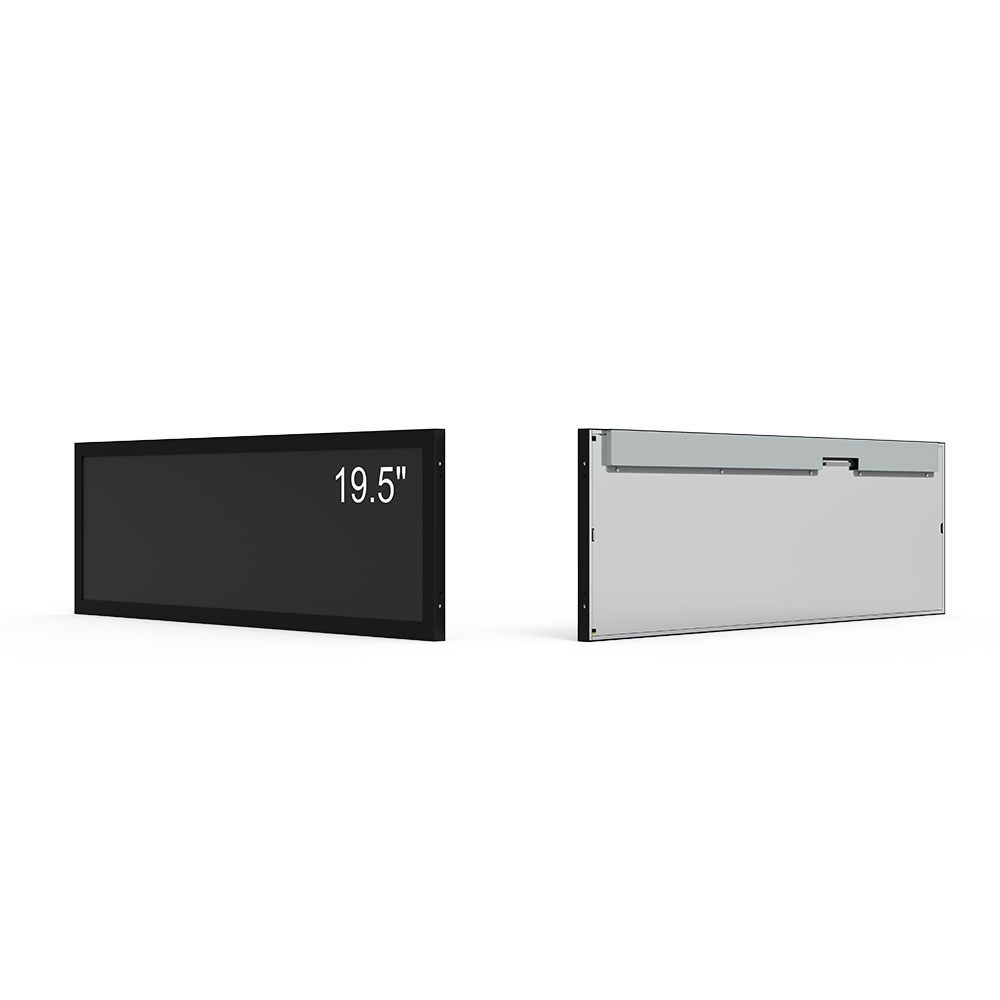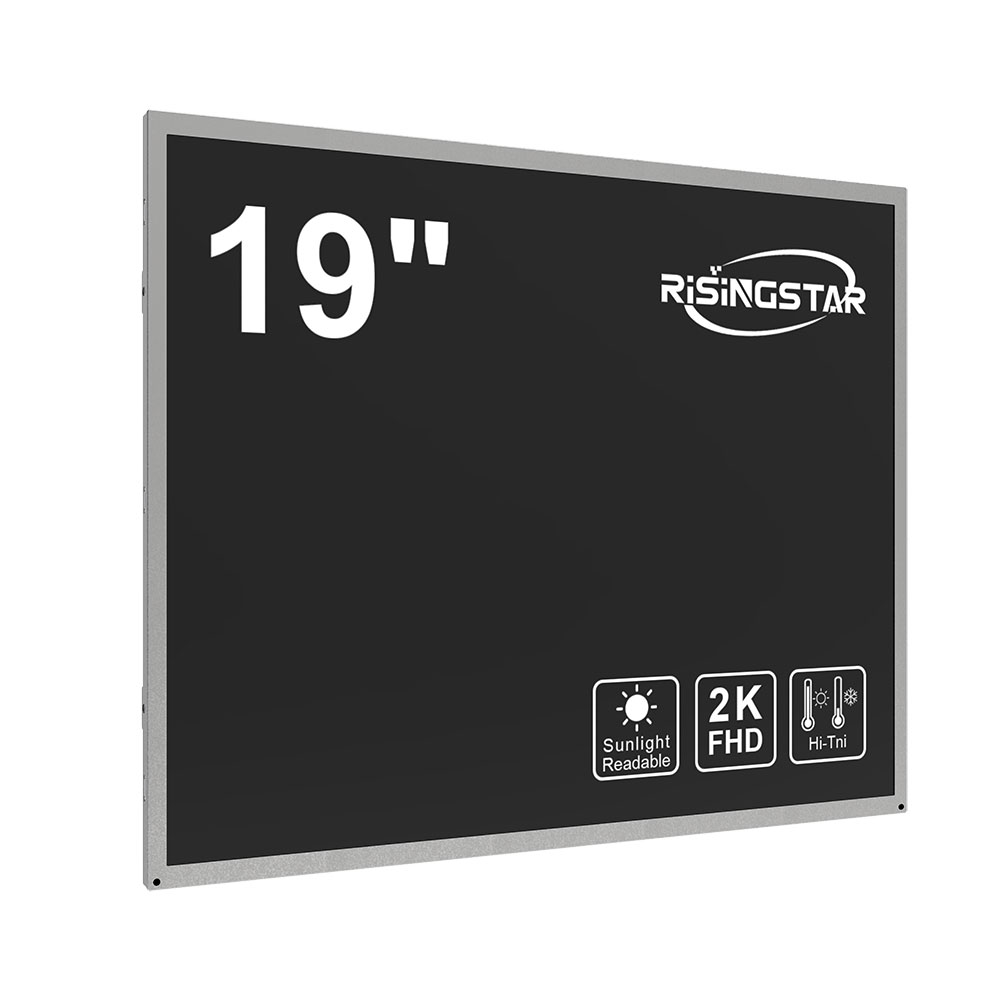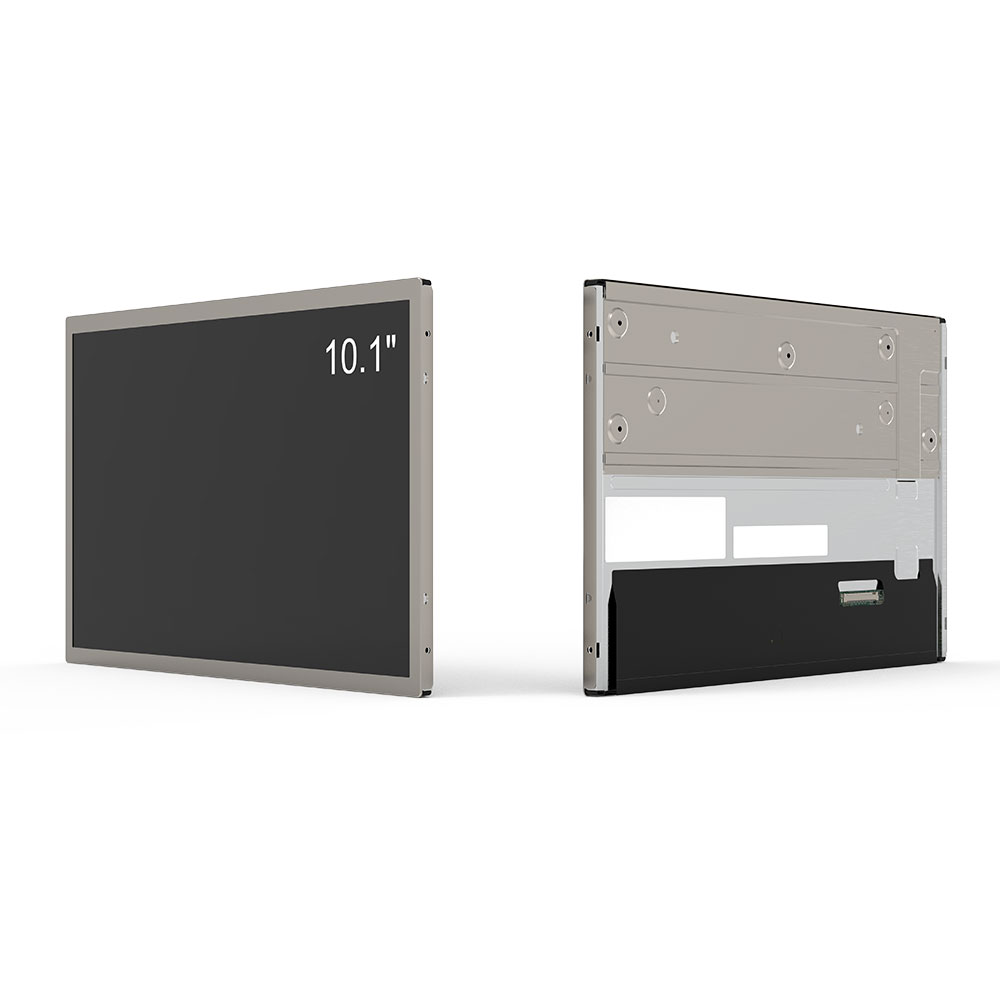- Home
- About Us
- Products
- News
- Video
- Contact
- Send Inquiry
Search
- Home
- About Us
- Products
- News
- Video
- Contact
- Send Inquiry

In today’s industrial, automotive, military, and outdoor applications, the need for high-brightness, sunlight-readable LCD displays that are also IP66 waterproof is more critical than ever. The IP66 rating, defined by the International Electrotechnical Commission (IEC) standard IEC 60529, indicates that a device is protected against dust ingress (6 = completely dust-tight) and water jets from any direction (6 = powerful water jets). This makes IP66 an essential benchmark for electronics deployed in challenging environments such as construction sites, maritime operations, agricultural machinery, and public transit systems.
High-brightness sunlight-readable LCDs—typically rated at 3,000 to 5,000 nits—are engineered to remain visible under direct sunlight, which can exceed 100,000 lux. These screens use advanced technologies like transflective liquid crystal layers, LED backlighting with dynamic brightness control, and anti-glare coatings. However, integrating these features into an IP66-rated enclosure requires a holistic design approach involving materials science, thermal management, sealing techniques, and mechanical engineering.

The core of achieving IP66 compliance lies in robust environmental sealing. Common methods include using silicone gaskets, O-rings, and potting compounds to seal seams between the display panel, bezel, and housing. In high-reliability applications such as defense or aerospace, manufacturers often employ CNC-machined aluminum enclosures with anodized finishes to resist corrosion while maintaining structural integrity. For instance, companies like Crystalfontz and Eizo have successfully implemented IP66-rated designs in their ruggedized LCD panels used in marine navigation systems and field medical devices.
Thermal considerations are equally important. High-brightness backlights generate significant heat, especially when operating continuously in hot climates. Engineers must incorporate passive cooling solutions such as heatsinks and thermal vias, or active cooling like micro-fans in sealed housings. Thermal simulations via tools like ANSYS Fluent help predict heat distribution and optimize airflow paths without compromising the IP66 rating—a delicate balance between performance and protection.
Furthermore, electrical isolation and EMC shielding must be addressed to prevent signal degradation or interference from external sources. Conductive gaskets and grounded metal enclosures help maintain electromagnetic compatibility (EMC), ensuring compliance with standards like EN 61000-6-4 and MIL-STD-461.

Real-world case studies validate this approach. For example, a logistics company deploying handheld scanners in desert conditions reported a 78% reduction in display failures after switching to IP66-rated, high-brightness LCDs. Similarly, a European rail operator integrated IP66-rated touchscreens into train control units, reducing maintenance costs by over 40% due to improved resistance to rain, dust, and vibration.
Manufacturers must also consider lifecycle testing per IEC 60068-2 standards—including salt spray, humidity, and temperature cycling—to ensure long-term reliability. These tests simulate years of exposure in harsh conditions within weeks, allowing for early detection of potential weaknesses.
In summary, designing an IP66 waterproof LCD display is not merely about adding a protective layer—it demands a multidisciplinary integration of optical, mechanical, thermal, and environmental engineering principles. When executed correctly, such displays deliver mission-critical visibility and durability in environments where failure is not an option.
